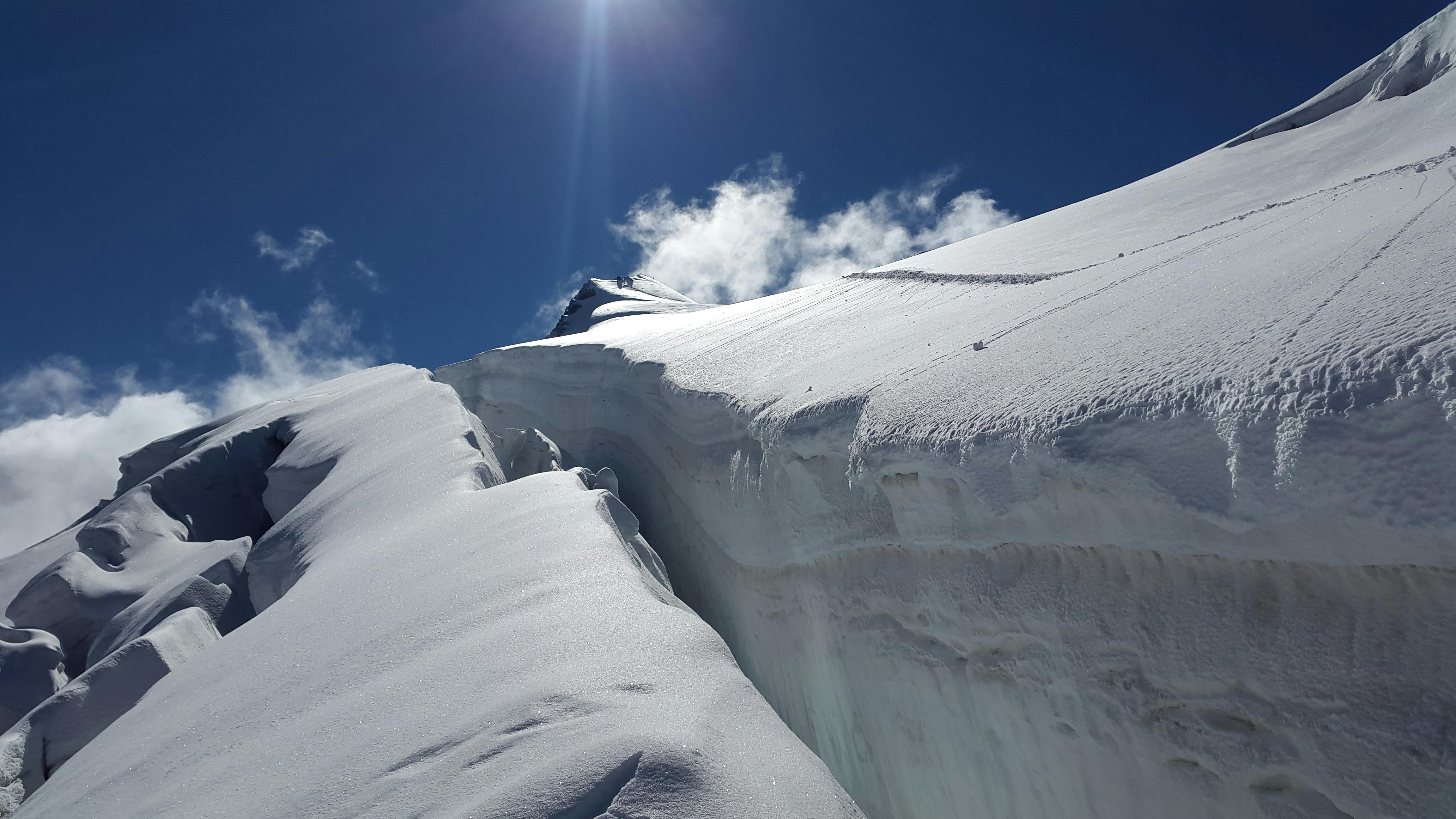Modern art is an encompassing classification of all art created between the 1860s and 1970s, and all of the major art movements during that same period (Impressionism, Bauhaus, Surrealism, Expressionism, Art Nouveau, Art Deco, Photography as Art, Pop Art, Minimalism, etc.) fall under its broad umbrella.
Modern art is a rubric that is widely taught in many creative institutions today, allowing students some of the widest examples and inspiration of how to express their individual artistic impulses in a variety of applications and media.
Several schools in the United States embrace the traditions, techniques, and spirit of modern art to inform their students about the historical context of modern art and how it has crossed the boundaries of what counts as art.
Practitioners of modern art were pioneers and nonconformists who discarded or called into question the traditions and aesthetics of earlier times (classical, renaissance, etc.) and experimented with revolutionary and innovative ways and means of seeing the world around them, expressing it in painting, sculpture, and new art forms (i.e., photography), using new and never-before-used materials and techniques, and seeking new meaning in the overall purpose and functionality of art.
The so-called founding fathers of the modern movement include a pantheon of famous artists and their work: Edouard Manet, Vincent van Gogh, Paul Cezanne (Impressionism) and Georges Seurat (Pointillism), to name a few, each bringing a personal vision, aesthetic and style that are now considered the initial entries into the world of this art movement.
From the late 1890s to the 1930s, there was a veritable explosion of schools of thought that informed the art scene throughout Europe and the United States that helped spawn new art movements and collectives. During this period, the world witnessed the rise of heavyweight giants such as Picasso (first in Cubism and then in his own impressive diversions), Dalí, Man Ray and Buñuel (Surrealism), and Munch, El Greco, Kandinks and (Expressionists). These artists and their myriad of contemporaries were figureheads and defined numerous movements that explored new emotions in creative expression.
After World War II “put culture on hold,” the United States became the epicenter of most of the new art movements and a host of artistic styles and traditions that emerged in the 1950s and 1960s. As the 1970s drew to a close, art critic Douglas Crimp proclaimed “The End of Painting” in a confrontational essay, bringing to a close the period known as Modern Art.
